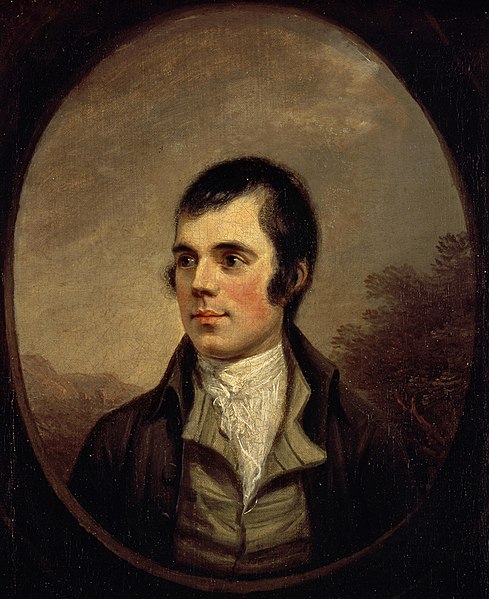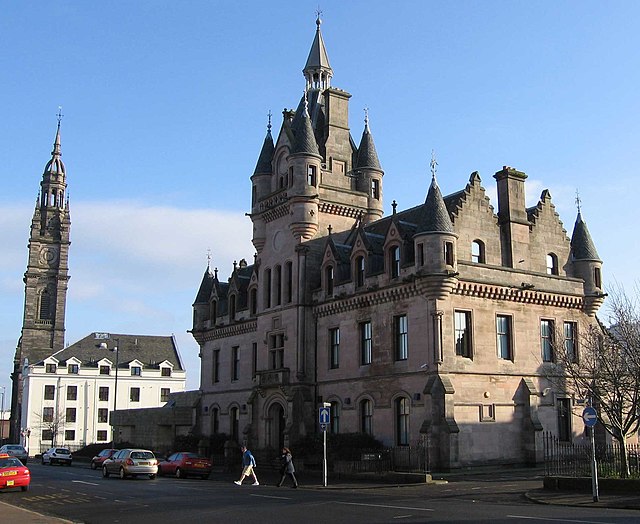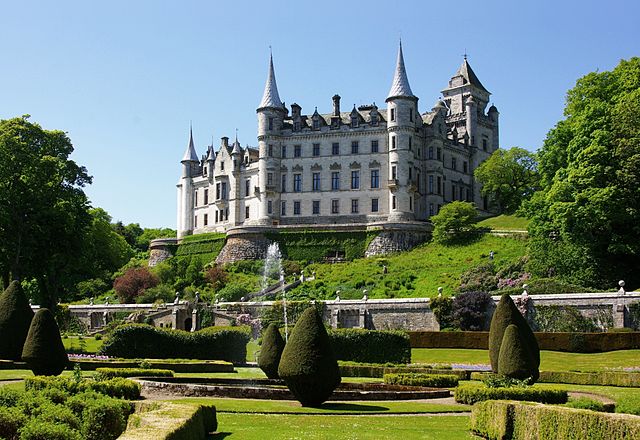Romanticism in Scotland was an artistic, literary and intellectual movement that developed between the late eighteenth and the early nineteenth centuries. It was part of the wider European Romantic movement, which was partly a reaction against the Age of Enlightenment, emphasising individual, national and emotional responses, moving beyond Renaissance and Classicist models, particularly into nostalgia for the Middle Ages. The concept of a separate national Scottish Romanticism was first articulated by the critics Ian Duncan and Murray Pittock in the Scottish Romanticism in World Literatures Conference held at UC Berkeley in 2006 and in the latter's Scottish and Irish Romanticism (2008), which argued for a national Romanticism based on the concepts of a distinct national public sphere and differentiated inflection of literary genres; the use of Scots language; the creation of a heroic national history through an Ossianic or Scottian 'taxonomy of glory' and the performance of a distinct national self in diaspora.

Robert Burns in Alexander Nasmyth's portrait of 1787
The Theatre Royal, Edinburgh, as it was from 1769–1830
Jacob More's The Falls of Clyde: Corra Linn, c. 1771
Abbotsford House, re-built for Walter Scott, helped to launch the Scots Baronial revival.
Scottish baronial architecture
Scottish baronial or Scots baronial is an architectural style of 19th-century Gothic Revival which revived the forms and ornaments of historical architecture of Scotland in the Late Middle Ages and the Early Modern Period. Reminiscent of Scottish castles, buildings in the Scots baronial style are characterised by elaborate rooflines embellished with conical roofs, tourelles, and battlements with machicolations, often with an asymmetric plan. Popular during the fashion for Romanticism and the Picturesque, Scots baronial architecture was equivalent to the Jacobethan Revival of 19th-century England, and likewise revived the Late Gothic appearance of the fortified domestic architecture of the elites in the Late Middle Ages and the architecture of the Jacobean era.
The sheriff court in Greenock (1869) is a typical Scottish Baronial building with crow-stepped gables and corbelled corner turrets.
Scrabo Tower, a folly in Newtownards, County Down, by architects Lanyon and Lynn (1858)
Claypotts Castle consists of a rectangular central block with two round towers crowned by square garret chambers. The corners of these chambers or cap-houses are strongly corbelled out over the round form and have crow-stepped gables.
Dunrobin Castle is largely the work of Sir Charles Barry and similar to the ornate conical turrets, foundations and windows of contemporary restorations such as Josselin Castle in Brittany.








